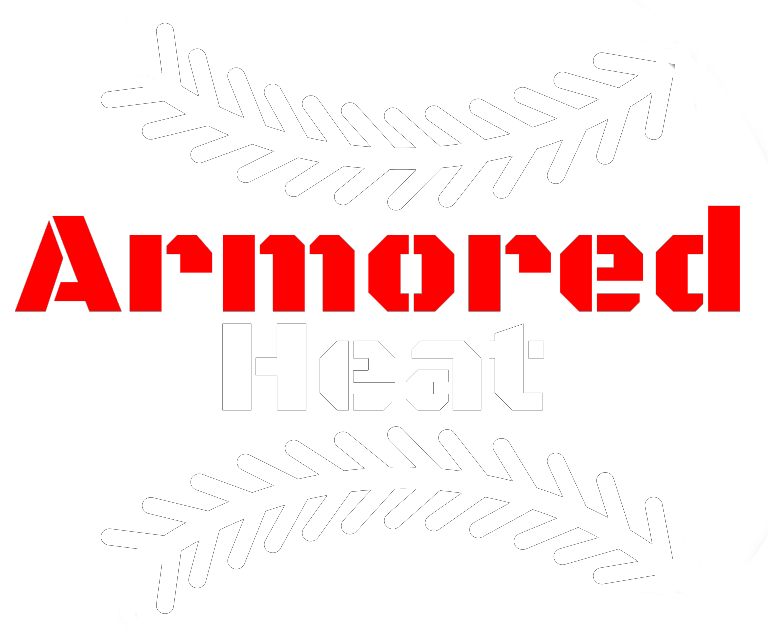The Complex Role Of The Lats
The Latissimus Dorsi (Lats) play an incredibly intricate role in a throwing athlete. First off, they are the largest and most powerful accelerators of the throwing arm. So yes, we NEED the Lats to be incredibly strong if we want to throw hard. On the other side of the coin, the Lat can become shortened over time from consistent overuse/dominance and can lead to multiple postural adaptations with very negative consequences.
Throughout this thread, we will explain why you need to:
1) Continue to Strengthen the Lat with Heavy and Velocity Based Movements
2) Stay on top of Maintenance and Soft Tissue Work to prevent migrating to a shortened position over time
3) Hammer Scapular/Trunk Strength work to make both the shoulder girdle and trunk more resiiient to these postural adaptations
The Lat’s Actions (In Baseball Language):
1) Along with the Pec, Teres Major, and Subscapularis, the Lat is responsible for accelerating the throwing arm out of full layback.
2) Due to the Lat’s attachment’s to the Low back and Pelvis, the Lat will extend the Lumbar Spine and Anteriorly Tilt the Pelvis
3) If the Lat becomes dominant, it can cause a depressed scapula or lower sitting shoulder (on throwing arm side).
4) If restricted, the Lat can reach a point where it starts to limit the Layback of a pitcher as it is not able to lengthen enough to allow these high degrees of External Rotation at an Abducted position
How to Get the Benefits Without the Downside
We want to emphasize, We are NOT in the camp that wants to have a fear based mindset and avoid as much Lat Based Activity as possible. Much the opposite! You need to train the Lat with both High Load and High Speed. Yes, we love our Arm Care Program as much as anybody, but it needs to be paired with a high Quality S&C Program!
So, if we need to hammer out these Lat Dominant movements and also throw everyday (another Lat heavy activity), how do we prevent the postural changes and negative consequences of Lat Dominance mentioned before?
1) Train the through Full Range of Motion, emphasizing and recognizing the Fully Lengthened state
2) Hammer out a high quality Scapular Strengthening Program. The stronger the scapular musculature, the more resilient the body is to drifting into this depressed scapula state. See our Prior blog post on Depressed Scaps from 1/6/22 for a deep dive.
3) Train the musculature of the trunk dynamically making sure you are hitting and recognizing end ranges in all directions. This component will make the body more resilient against being driven to and stuck in Anterior Pelvic Tilt/Lumbar Extension
4) Locally, it is important to stay on top of your Lat Soft Tissue and Elongation work. We really like doing this the day after a heavy throw day, if not daily. There are tons of methods of doing this on your own and are included in our Recovery/Mobility Day of Armored Heat Pro.
What we are currently interested in about the Lat
There has definitely been a rise in Lat Strains/Tears in recent years. Like every other injury, the reasoning is multifactorial and not due to just one reason.
One interesting thing we have noticed is that a high percentage of the Lat strains we have seen have been in High Side Bend and therefore high arm slot/ride pitchers. This means the Lat is having to do it’s work in a more lengthened state with the trunk side bent in the opposite direction.
Another Nugget for Sports Med Staffs: The typical Lat Strain/Tear will present as triceps pain and even bruising due to it’s humeral insertion. Don’t let that fool you, if the Lat testing is positive and the mechanism lines up, it is likely a Lat. It is common to have a Teres Major strain in conjunction with the Lat Injury.



